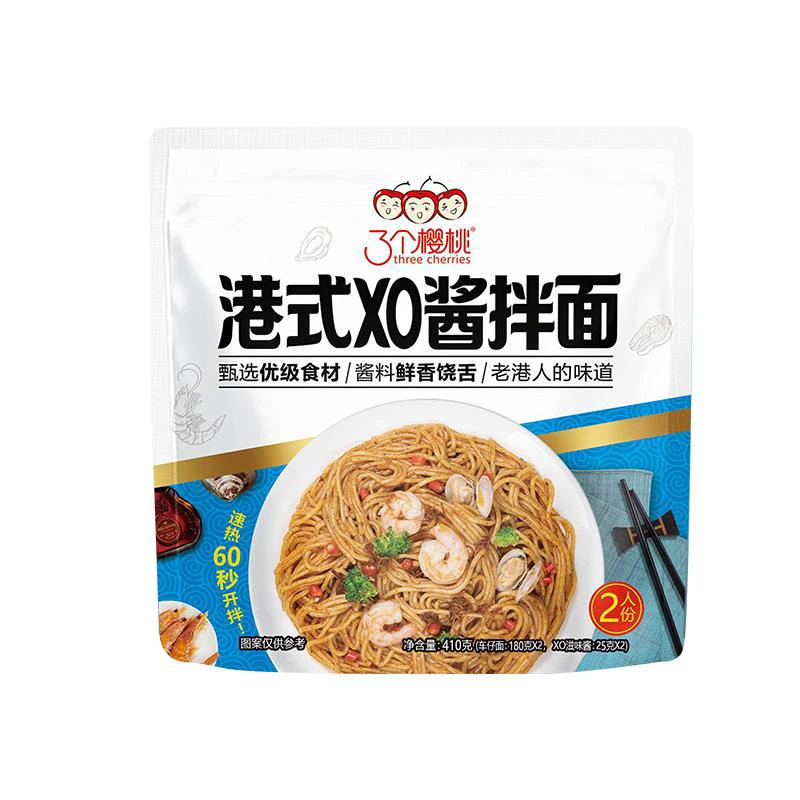noodles with braised beef
Noodles with Braised Beef A Culinary Delight
Noodles with braised beef is a traditional dish that showcases the richness of flavors, the satisfaction of comfort food, and a culinary heritage that spans across many cultures. This dish not only delights the palate but also tells a story—a story of creativity, tradition, and love for food.
At the heart of this dish is the humble noodle. Noodles, in various shapes and sizes, are a staple in many cuisines around the world. From Italian spaghetti to Chinese egg noodles, they serve as a canvas for a myriad of flavors and ingredients. When paired with braised beef, they transform into a hearty meal that can warm the heart and nourish the soul.
The Art of Braising
Braising is a cooking technique that involves slow-cooking meat in a liquid, allowing it to become tender and flavorful. The process begins with choosing the right cut of beef. Cuts like chuck or brisket are ideal for braising, as their marbled fat contributes to the richness of the dish. Once seasoned and seared, the beef is typically submerged in a flavorful broth made from a combination of stock, soy sauce, spices, and aromatics like garlic and ginger.
The slow cooking process allows the flavors to meld beautifully, and after several hours, the beef transforms into succulent pieces that practically melt in your mouth. As the beef cooks, the broth thickens and takes on a deep, savory essence, creating a luxurious sauce that will coat the noodles perfectly.
A Symphony of Flavors
When it comes to assembling the dish, the choices are abundant. The noodles can be boiled and drained, then tossed with the braised beef and its rich sauce or served in a bowl with the broth ladled over them. Both methods have their merits, and personal preferences often dictate the final presentation.
noodles with braised beef

To elevate the dish further, additional toppings can be added. Fresh herbs like cilantro or scallions provide a bright contrast to the deep flavors of the beef. Slivers of chili can introduce a welcome heat, while a drizzle of sesame oil adds a nutty aroma that enhances the overall experience.
Noodles with braised beef isn't just about taste; it’s also about texture. The chewy noodles complement the tender, fall-apart beef, creating a delightful combination in every bite. The broth, rich and complex, seeps into every strand of noodle, ensuring that you're not just eating; you're indulging in a symphony of flavors.
Cultural Variations
While the concept may seem simple, noodles with braised beef has numerous variations worldwide. In Chinese cuisine, you might find this dish served with hand-pulled noodles, fragrant with spices and garnished with pickled vegetables. In Singapore, a similar dish, known as Beef Noodle Soup, features a clear broth and adds a touch of chili paste for a kick.
Each culture infuses its unique elements into the dish, resulting in a tapestry of flavors and traditions. No matter the variation, the core concept remains the same a celebration of good food that brings people together.
A Nourishing Experience
Beyond its deliciousness, noodles with braised beef carries a sense of nostalgia for many. It's often associated with family gatherings, comforting a loved one during tough times, or simply enjoying a warm meal after a long day. It embodies the idea that good food can evoke memories and create bonds among people.
As you prepare to enjoy a bowl of noodles with braised beef, take a moment to appreciate the journey this dish undertook to reach your table. The careful preparation, the patience in cooking, and the joy of sharing a meal all culminate in this beautiful experience. So, whether you're sitting down for a quiet meal alone or sharing it with family and friends, let each bite remind you of the simple pleasures in life—one hearty noodle at a time.
-
Is Whole Wheat Pasta Healthy?NewsMay.30,2025
-
Are Soba Noodles Good for Weight Loss?NewsMay.30,2025
-
Are Buckwheat Soba Noodles Healthy?NewsMay.30,2025
-
Are Buckwheat Soba Noodles Gluten Free?NewsMay.30,2025
-
Are Buckwheat Noodles Good for You?NewsMay.30,2025
-
A Healthy Way to Savor Soba and Spicy FlavorsNewsMay.30,2025
-
What Are Lanzhou Noodles?NewsMay.30,2025
Browse qua the following product new the we

















































































































